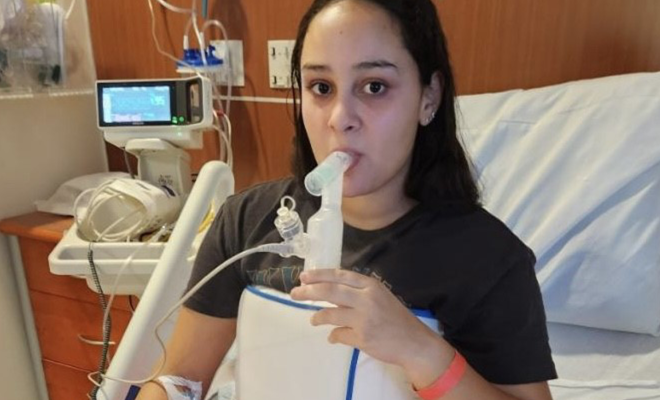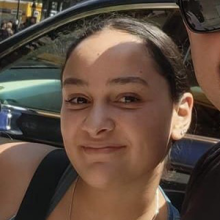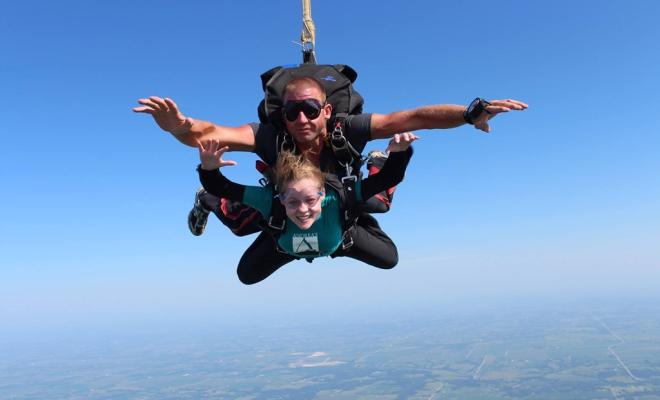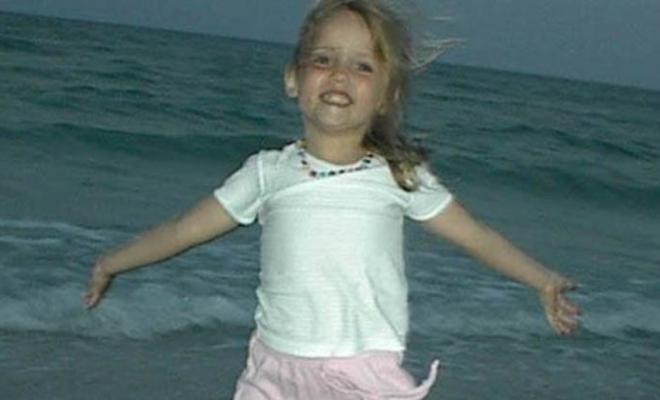Looking back at old pictures of myself can be tough, because as far as my family and I knew, I was born a completely healthy kid. We truly had no clue what was coming. Good health lasted until middle school when we began to realize something was wrong with me. I woke up one night unable to breathe. Although I was gasping and coughing, I wasn’t scared, just confused. This continued every day, and I was no longer able to lie down without coughing, wheezing, and feeling very congested. This was the beginning of 3 1⁄2 years of daily sleep deprivation. I don’t have any words to express sleep deprivation other than horrific.
Over the next many months, my parents accompanied me to multiple sleep medicine doctors, ENTs, and allergists. I was given countless medications, but nothing helped, nor did any tests give us answers. Doctors suggested asthma, allergies, enlarged tonsils, and anxiety, but treatment and testing for all of those proved nothing. I continued, sleep deprived and miserable. I also began to experience severe daytime shortness of breath and heavier mucus production by the time I turned 14. I was sent off to the children's hospital to receive a more intensive workup, and hopefully be cured.
But — of course — nothing went smoothly, and I spent the next two years seeing pediatric specialist after pediatric specialist to evaluate my sleep and aerodigestive tract. At one point, I was told I had vocal cord dysfunction and was sent to speech therapy. Speech therapy was great, but unfortunately it didn’t help any of my main issues.
I never stopped trying to find an answer. After getting seemingly nowhere with one specialist, I would seek out another to try and find the answer and — although navigating the health care system in your early teens may seem intimidating — my parents were there supporting me on my quest.
Finally, one of my doctors decided to order a triple scope procedure. This procedure revealed the massive amount of mucus I was dealing with and confirmed that there really was something wrong. However, shortly after this test, I was given a sweat test, which came back negative. From that point on, my doctors began to give up on me.
As I’m sure you can guess, giving up isn’t really an option when you’re struggling to breathe and sleep. I sought out a new pulmonologist and this was the best thing to ever happen to me. My new doctor immediately ordered a chest CT, which led to a bronchiectasis diagnosis. For the first time, we had some answers. The next six months consisted of new meds and airway clearance methods. These all helped somewhat, but there was still a puzzle piece missing. How did I get bronchiectasis?
One day my pulmonologist mentioned that his clinic had seen multiple cases of children having cystic fibrosis symptoms without meeting the full diagnostic criteria (such as having a negative sweat test). I definitely felt like this could be the answer. Genetic testing revealed that I have mutations for both primary ciliary dyskinesia and cystic fibrosis.
Although the sweat tests don’t show that I have CF, my symptoms certainly do, and I was diagnosed with CFTR-related disorder.
This diagnosis, while hard to understand, was extremely validating. I knew I wasn’t crazy, and I was so glad to finally have someone understand me. My team then suggested that I begin taking Trikafta®, and I was head over heels about that. I thought, ‘Could I really experience a normal life again someday?’
As of October 2022, my life has changed, once again. Trikafta has been incredible and brought my lung function all the way up to 108%. I rarely cough now unless I have an infection, and I can lie down perfectly normally. It was at this point in my journey that I realized just how much we’ve yet to learn about cystic fibrosis. The fact that I have seen countless doctors at world-renowned children's hospitals, and many of them still consider me a mystery, has been really discouraging. This inspired me to create my own fundraising campaign, called “The Keas To A Cure.” I don’t know if raising money will ever lead to a magical cure, but I hope to — at least — be able to help a family just like mine one day. I know as well as anyone else, that the fight is never over. Aside from my CFTR-related disorder diagnosis, I also struggle with dysautonomia and some GI issues.
I’m 17 years old and will graduate high school soon. I hope to go to college next year and study human development and exceptionality and learning. It’s my dream to — one day — become a pediatric occupational therapist. Life is pretty good most days, but I still have days where I really struggle with my health. So being realistic, I don’t think I’ll ever know a life where I feel 100% healthy, but I do hope more treatments like Trikafta come along so that our community can live their lives without restrictions.
In a December 1 email to the community, Natalie's condition was misidentified as "CFTR-related metabolic syndrome" and not CFTR-related disorder. We regret any confusion this may have caused.
Interested in sharing your story? The CF Community Blog wants to hear from you.





